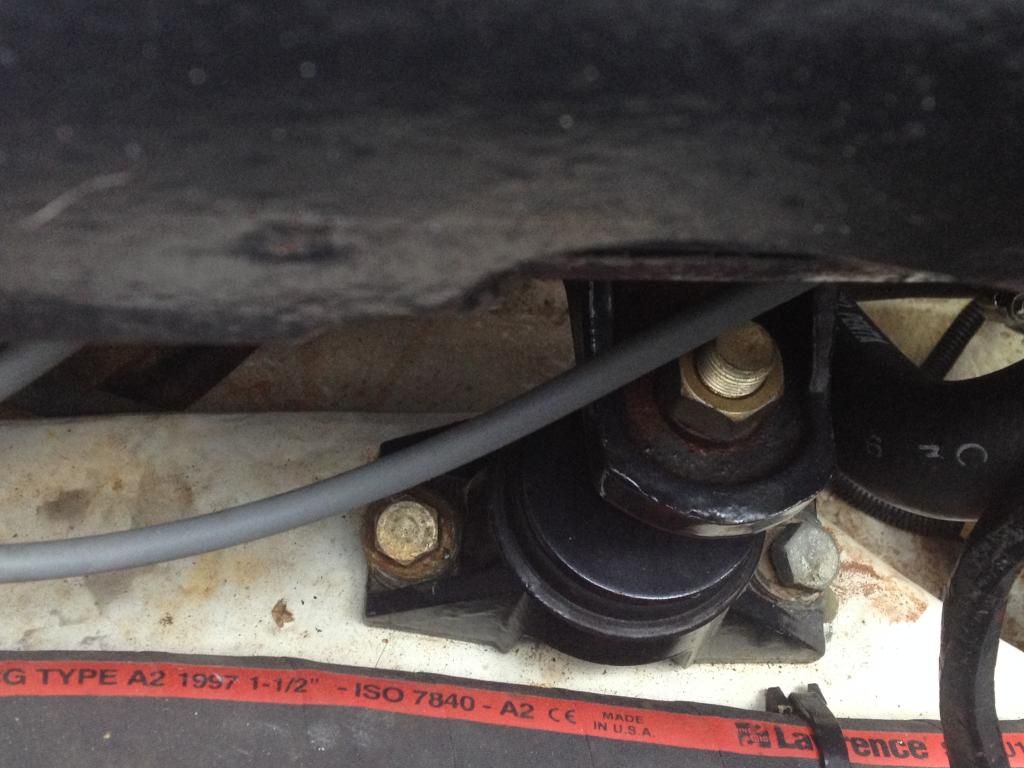Newbiechris
Recruit
- Joined
- Jul 16, 2014
- Messages
- 2
Hi guys bought my boat at the beginning of summer it is a 98 Four Winns horizon rs Anyway I noticed my engine mount lags where crooked
 I checked if they where tight all except one snug up one just won't grab I took it out and looked for any rot from what I could see it looked fine and it looks like the lags have always been crooked. How do I go about fixing this I'm worried to use the boat the last thing I was to do is cause more damage I'd like to redo all 4 lag bolts and want to know how to go about it
I checked if they where tight all except one snug up one just won't grab I took it out and looked for any rot from what I could see it looked fine and it looks like the lags have always been crooked. How do I go about fixing this I'm worried to use the boat the last thing I was to do is cause more damage I'd like to redo all 4 lag bolts and want to know how to go about it
 I checked if they where tight all except one snug up one just won't grab I took it out and looked for any rot from what I could see it looked fine and it looks like the lags have always been crooked. How do I go about fixing this I'm worried to use the boat the last thing I was to do is cause more damage I'd like to redo all 4 lag bolts and want to know how to go about it
I checked if they where tight all except one snug up one just won't grab I took it out and looked for any rot from what I could see it looked fine and it looks like the lags have always been crooked. How do I go about fixing this I'm worried to use the boat the last thing I was to do is cause more damage I'd like to redo all 4 lag bolts and want to know how to go about it


















